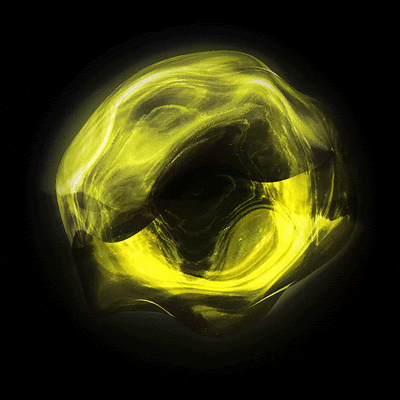
Super Bowl is a big deal for many people, but it has a particular interest for people in marketing and advertising because of the hype surrounding the advertising that roadblocks the game itself.
In case you’re not familiar with this, here’s a quick history lesson, with a special nod to the commercial many feel started it all, Apple’s 1984 ad.
Recently, the AFFINITY team decided to augment our Wednesday WIP with a little inspo session, and so on the first Wednesday post-Super Bowl a few of the high profile ads were shared. But let’s just say, the response was mixed. And part of the issue now is that the formula for Super Bowl success has become very heavily trodden.
A-List (or cult) celebrity/ies + loads of special effects + a multimillion-dollar budget = Big Bang (hopefully)
Sure, there were a few smiles, but nothing that really felt memorable. Which got me thinking about the ads that do grab us, and one in particular that’s been a favourite amongst our team for some time.
Ikea is obviously a brand known the world over, and had produced some beautiful advertising for many years, right back to the iconic Spike Jonze-directed “Lamp” from 2002*. But it’s been their more recent “Tomorrow starts tonight” spot, and the strategy behind this campaign, that I thought was worth exploring in light of the latest Super Bowl blockbusters.
The power of storytelling
If you’re not familiar with the Ikea ad, it’s a contemporary retelling of the classing tortoise and the hare fable, with the tortoise’s ultimate success based on the fact he got a good night’s sleep before the big race. Like the aforementioned Lamp TVC, the reason it engages the viewer, is because it engages us emotionally through great storytelling. There are plenty of studies on the role storytelling plays in driving behavioural change, but part of the answer lies in the way stories get us involved. We fill in the gaps, and become immersed it. We don’t need to see the outcome of the race because our mind has already taken us there. As opposed to being hit over the head by a sledgehammer (wielded by a celebrity).
Driven by a clear strategy
The perfect night’s sleep has become something of a holy grail. And Ikea had been steadily losing market share thanks to everything from category disruptors to technology innovators. But the problem was, no one was sleeping better. In fact, things were getting so complicated that it was actually stopping people from sleeping. Which is why the real breakthrough for Ikea came from realising their sleep strategy wasn’t about sleep, but about what happened the next day. Tomorrow starts tonight. It really was the classic features vs benefits approach writ large.
Uncovered by smart research
Ikea’s agency didn’t just make assumptions. They did research. A mix of qualitative interviews and quantitative studies, plus video diaries to reveal the sleep performance anxiety that more and more people were starting to suffer. The fixation with achieving better sleep had even given rise to a new sleep disorder, orthosomnia, which was explicitly attributed to obsession with sleep. And whilst inherently contradictory, it meant that the key to getting people to sleep better – and thus reasserting Ikea’s expertise in the category – was to not really talk about sleep at all.
Our take
When you’re competing against patented buzzwords and mattresses controlled by smartphones, it would be easy to think you need to fight fire with fire. But Ikea didn’t. While others were all busy zigging, they zzzzzagged – with a strategy that was inherently human.
The creative leap truly takes flight when we’re able to look at a problem – or an opportunity – and reframe it in a completely new way. While others talked about the night, Ikea talked about the next day.
And often, it does come down to the crafting of a great proposition. That handful of words which, as someone once told me, could be run as a headline if the creatives get run over by a bus (on the way back to the office from the pub). I’ve often told those struggling to write a brief that getting the proposition nailed is the toughest part of the whole creative process – even cracking the work. And when you look at the proposition they got to thanks to their thinking – Sleep is the start of a great next day – the work could have written itself. (But we creatives still do add some magic, like insisting on that cracking soundtrack.)
This is undoubtedly the type of work we’d be proud to have made. But we’re also chuffed to see that the approach taken by Ikea’s London agency, Mother, is pretty consistent with the way we work with many of our clients. If you’d like to learn more about our Understanding – Thinking – Creating methodology, reach out at hello@affinity.ad And to take a look at the full WARC case study, click here.
*Side note: that link also includes the 2018 sequel made by Ikea Canada, that gives a more environmentally friendly ending to the original spot.








